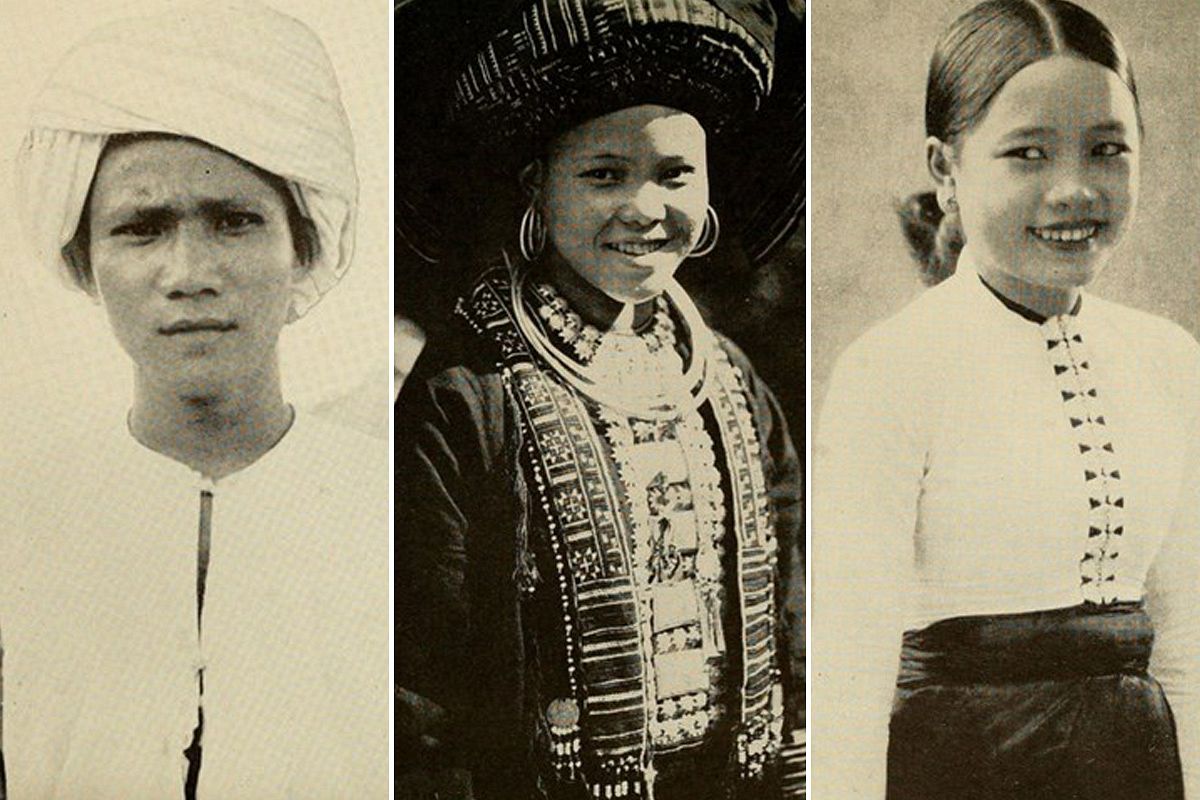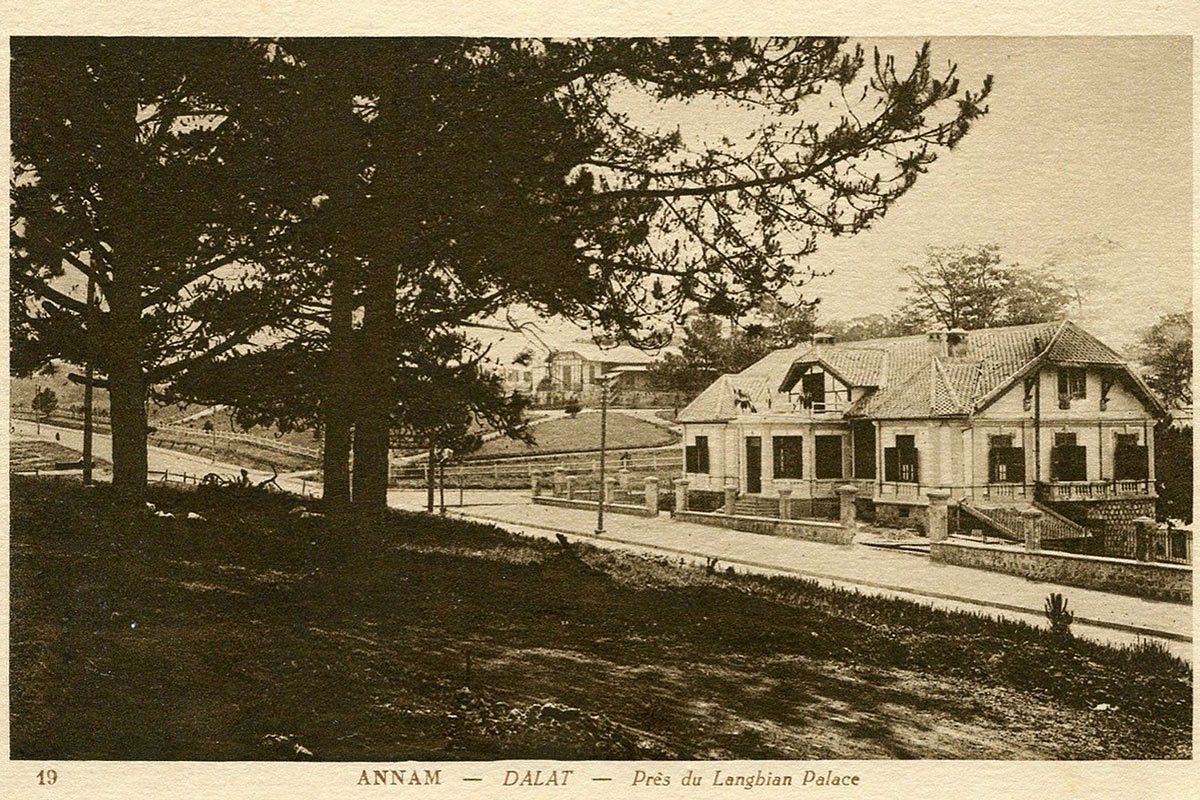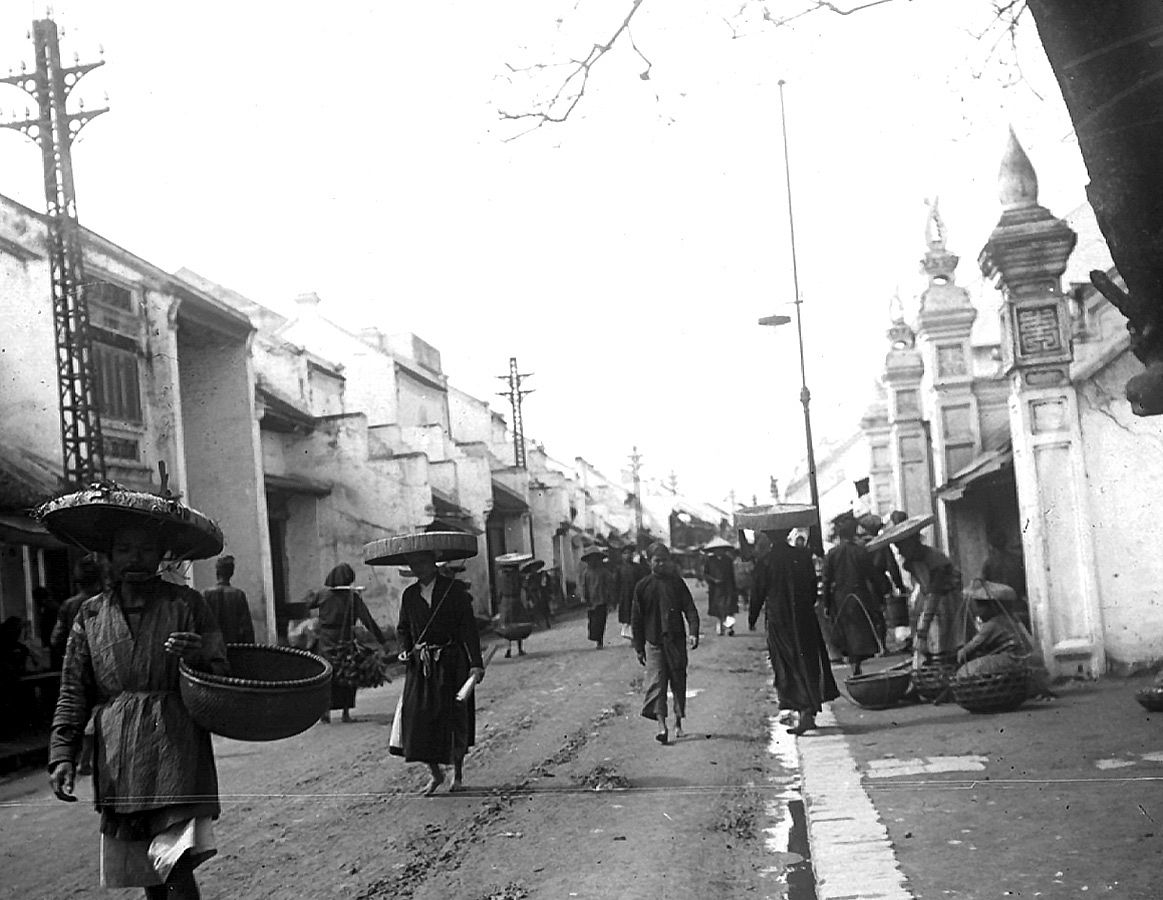A translation of Pierre Rev’s description of Phú Quốc island from his 1907 book, Dans le Golfe de Siam.
Related Articles:
- A Guide To Phu Quoc’s Beaches
- [Photos] Phú Quốc: An Idyllic Beach Getaway…For Now
- 30 Retro Images Of 1967 Vung Tau
The island of Phu Quoc is around 50 kilometers long by 15 kilometers wide.
The road from Ham Ninh to Duong Dong, which links the east and west coasts, is nothing more than a bad forest track running through ravines, climbing hills and littered with deep ruts which give the wheels of rushing ox carts appalling jolts. It sneaks under the dark canopies of vines, zigzags through the darkness and, at times, emerges into large clearings.

The forest does not suddenly give up its beauty when we arrive in Ham Ninh; the trees are still of medium height, while countless low creepers form arches over the trail, permitting only a limited horizon. But the more hills you climb, the more the arch of greenery grows: in every clearing, the view extends over the billowing hills to the sea, where white sails abound.
Nothing is lacking in the charm of this road: immense trees packed with valuable or useful oils, yaos straight as pines, ficus trees sheltering the vegetation of the undergrowth with their crowns. Fresh streams jump over the rocks in the gorge; birds of all sizes flee among the branches, their wonderful colors shimmering in the sunshine.
Phu Quoc’s forest has no ferocious animals, only a few wild buffalo – former farm animals abandoned for a very long time – which gradually recovered their life of freedom. There are also herds of wild boar, plus deer and monkeys in abundance.

By the time we have crossed two-thirds of the forest and descend the last hill towards Duong Dong, the vegetation clears. The Duong Dong River, descending from the high valleys and verdant green summits of the island, runs alongside the road then moves away and comes back again in capricious meanderings, bathing the trees along the roadside. It is a river of clear water and, unlike the dirty arroyos of lowland Cochinchina, runs very fast under the rays of evening light, creating irridescent swirls which seem to whisper on the tips of the rocks.
The pepper orchards are located on hillsides; they do not lack elegance, these long, correct lines of large green columns with innumerable branches lacing around in support. Sized carefully by the Chinese who engage in their culture, these plantations are clean and tidy, resembling carefully-kept gardens.

After a pleasant three-kilometer walk through the fields and pepper orchards, the road reaches the island’s capital, Duong Dong. This village is clustered around a bend of the river. It is a well-to-do village, with neat streets of wooden houses lined up along the river, and friendly people.
Were it not for the unbearable smell emanating from hundreds of tanks containing fermenting nước mắm, that famous Far Eastern brine, one could really love this pretty and quiet town, including the pagoda which leans over the clear waters of the mountain river and lulls in the song of the waves thrown on its sandy beaches by the southwest monsoon.

It was to this place, during the numerous and painful wanderings which preceded his accession to the throne, that Gia Long came, a conquered and fugitive man, to meditate on his miseries and his future destiny; and it is near those wet rocks, under the casuarinas whose fine foliage gently sings in the wind, that the Bishop of Adran (http://www.historicvietnam.com/lang-cha-ca/) spoke of France to his royal pupil. From there, he left on a similar junk to those in the harbor which now throw their great sails to the wind, to seek the help of the French. And it was also from here that Gia Long himself later sailed back to his empire of Annam.

Tim Doling is the author of the walking tours book Exploring Hồ Chí Minh City (Nhà Xuất Bản Thế Giới, Hà Nội, 2014) and also conducts 4-hour Heritage Tours of Historic Saigon and Cholon. For more information about Saigon history and Tim's tours visit his website, www.historicvietnam.com.














